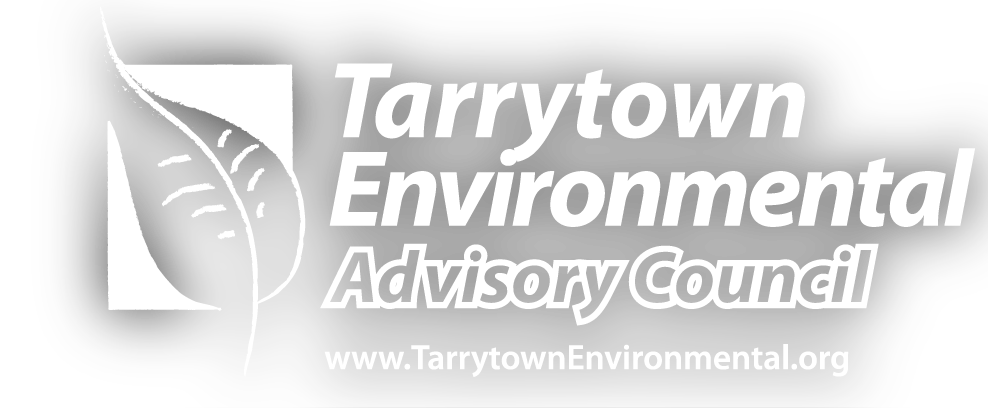by Dean Gallea – June, 2019
In case you haven’t heard, Con Ed has slapped a moratorium on most new natural gas hookups in lower Westchester for the foreseeable future. They say that, with many people having switched from expensive oil to cheaper – and more-efficient – natural gas heating, there is not enough capacity in their pipelines to maintain adequate pressure in case of a particularly cold winter. And, with Gov. Cuomo’s rejection of the proposed capacity increase in the Williams pipeline, Con Ed isn’t likely to lift their ban anytime soon. Besides, natural gas prices are likely to go up faster than electricity.
So, what’s a homeowner or builder to do? Installing an oil heat system seems like a bad choice, both for the wallet and the environment. Using biomass – wood or pellet fuel – is a labor of love, with the emphasis on labor. Net Zero (passive) homes rely mostly on solar energy for heating, with electricity as a backup, but are expensive to build, and can still require active cooling in the summer. And traditional electric heating is really expensive to run in our area and climate.
There’s another alternative, for either new or existing homes, that makes sense all around: The ground-source (or geothermal) heat pump (GSHP). GSHPs are a highly efficient, renewable energy technology for space heating and cooling. They rely on the fact that the Earth below a few feet from the surface has a relatively constant temperature – about 55 degrees F – warmer than the air in winter and cooler than the air in summer. A heat pump can transfer heat stored in the Earth into a building during the winter, and transfer heat out of the building during the summer. Though a GSHP is powered by electricity, it can produce many times more heat than a traditional electric space heater would produce from the same amount of electrical energy. That makes it economical to run even in our expensive Con Ed utility region, plus it would be powered by the 100% renewable energy (wind, solar and hydro) we get from the Westchester Power CCA most of our Villages. And it’s at least as efficient in cooling as a high-efficiency central air conditioner.
energy. That makes it economical to run even in our expensive Con Ed utility region, plus it would be powered by the 100% renewable energy (wind, solar and hydro) we get from the Westchester Power CCA most of our Villages. And it’s at least as efficient in cooling as a high-efficiency central air conditioner.
(For the technically-inclined: Heat pumps – whether ground or air-sourced – use a closed-loop liquid-gas compression cycle, similar to conventional refrigeration, but reversing the roles of condenser and evaporator when switched from heating to cooling mode. GSHPs use a liquid heat-exchanger to transfer heat between the indoor refrigeration loop and an outdoor buried loop that in turn exchanges heat with the Earth.)
If you’re still with us, you probably want to know what else is needed to use this great technology. Breaking it down:
- This is only for individual homes, not (yet) for apartment buildings or commercial buildings that are not specifically designed for GSHPs.
- The mechanical parts of a GSHP can easily be installed new, or retrofitted to a home that currently has a forced-air heating/cooling system, serving as the furnace and using the existing supply and return ductwork.
- The outdoor part – the underground loop – requires drilling one or more fairly-deep boreholes in the area around your house. The number of holes depends on the volume of the heated areas of your house, but is usually from one to three. They go down several hundred feet, and have to be spaced from each other by about TK feet, so your yard needs to be large enough for that, and have access for a large drilling truck.
- If you don’t already have central air conditioning, your electric service capacity may have to be increased – and your circuit panel replaced – to accommodate the GSHP’s compressor motor.
- The cost for a GSHP system is several times that of a conventional high-efficiency gas-fired HVAC system, but it can be purchased on a payment plan that lowers annual heating costs from the first year. There is also a Con Edison rebate of up to $5000 to go geothermal.
To verify your house’s qualifications for a GSHP system, contact a company that specializes in these installations; you don’t want to cut corners here. Sustainable Westchester vetted some local companies for their “Heat Smart Westchester” program, now extended to all residents of its 43 member communities. To get an assessment of your home’s potential for a GSHP system, visit http://www.sustainablewestchester.org/geothermal.
The U.S. Dept of Energy has more general information about GSHPs here: https://www.energy.gov/energysaver/heat-and-cool/heat-pump-systems/geothermal-heat-pumps
